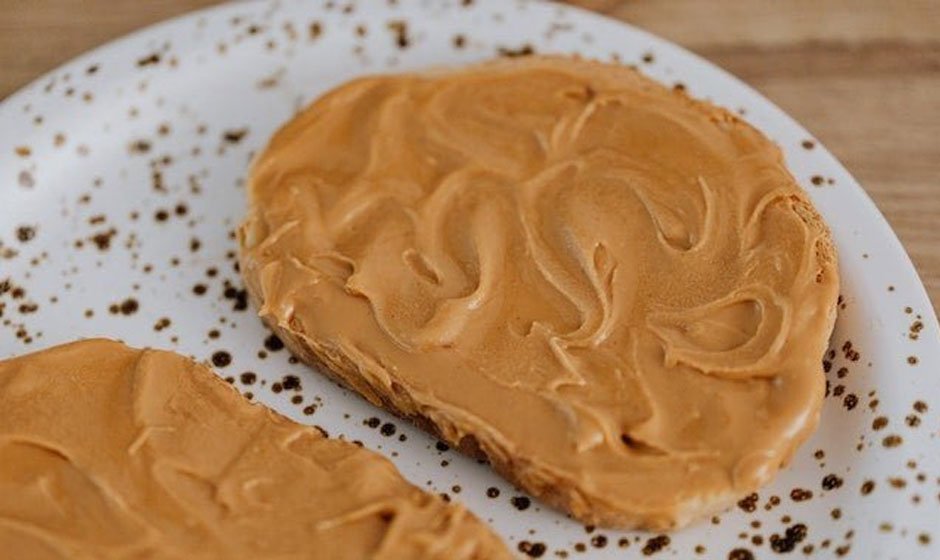Introduction
Clostridium difficile (C. diff) is a bacterium that can lead to severe symptoms such as diarrhea, nausea, fever, and stomach pain. Individuals who are receiving prolonged antibiotic treatment, especially those in medical care settings, are most susceptible to C. diff infection. Older individuals also face an increased risk. Since C. diff primarily affects the gastrointestinal system, proper nutrition during and after treatment is crucial. This article explores the connection between diet and C. diff, highlighting foods to include and avoid to aid recovery. Let’s delve into the details.
The Importance of Nutrition for C. diff Management
During C. diff treatment, nutrition plays a vital role in supporting overall health and recovery. A diet consisting of easily digestible foods that are gentle on the stomach can be beneficial. Additionally, it is essential to maintain proper fluid intake to prevent dehydration resulting from watery diarrhea. To promote gut health, consuming foods that replenish beneficial gut bacteria is highly recommended. Adequate nutrient absorption is also crucial, as malabsorption commonly occurs during C. diff infection. Emphasizing high-nutrient foods rich in vitamins, potassium, sodium, magnesium, and calcium is advised.
Recommended Foods for C. diff Management
When undergoing treatment for a C. diff infection, consider incorporating the following foods into your diet to facilitate a faster recovery:
Probiotics
Probiotics, consisting of live friendly bacteria, are essential for combating the C. diff bacteria. You can find probiotics in active yogurt cultures and fermented foods such as sauerkraut and miso. These beneficial bacteria help alleviate watery diarrhea by restoring the balance of good bacteria in the gastrointestinal tract. Probiotics are also available in supplement form.
Hydrating Liquids
To prevent dehydration resulting from diarrhea, it is crucial to consume ample amounts of liquids. Opt for water and broth-based soups to replenish lost fluids.
Calcium Sources
Adequate calcium intake is important during C. diff treatment. If you are unable to tolerate dairy products, consider alternative sources such as almond milk, flax milk, hemp milk, and soy milk. These options can be incorporated into fruit smoothies for added nutritional value.
Fiber-Rich Foods
Foods containing soluble fiber may help eliminate the C. diff infection from your system. Consider incorporating oatmeal, lentils, flaxseed, and oranges into your diet.
Protein Sources
Choose easily digestible protein-rich foods such as eggs, chicken, and turkey to support your recovery.
Non-Cruciferous Vegetables
Opt for non-cruciferous vegetables that are well-cooked, juiced, or added to green smoothies and soups. Beets, green beans, zucchinis, cucumbers, and celery are excellent choices.
Starchy Foods
Easy-to-digest, binding starchy foods such as potatoes, bananas, noodles, crackers, and white rice can provide relief.
Foods to Limit or Avoid
Even if you typically have a robust digestive system, it is essential to be cautious during and after a C. diff infection. Certain foods can exacerbate stomach distress, gas, or cramping and should be limited or avoided. These include:
- Cruciferous vegetables such as broccoli, cabbage, cauliflower, and Brussels sprouts.
- Raw vegetables of any kind.
- Spicy and fried/greasy foods.
- Caffeinated beverages.
- High-fat foods like mayonnaise.
- Beans.
- Synthetic cooking oils like Olestra, Olean, and oleomargarine.
Additionally, lactose intolerance is a common side effect of C. diff infection. Except for yogurt containing live,active cultures, it is advisable to avoid milk and dairy products to minimize gastrointestinal distress.
In some cases, individuals may experience temporary gluten intolerance following a C. diff infection. It is important to steer clear of gluten-containing foods such as wheat, rye, and barley during this period.
Impact of C. diff Treatment on Diet
C. diff treatment typically involves changes in antibiotic regimens. Your healthcare provider may prescribe alternative antibiotics to suppress the growth of C. diff bacteria. However, some antibiotics may have side effects such as abdominal pain and nausea, which can make eating challenging. If you find it difficult to tolerate solid foods, your doctor may recommend a liquid diet for a few days before transitioning to a soft food regimen.
If symptoms persist or there is a recurrence of infection, alternative treatment options might be considered, including:
Surgery
In severe cases where organ failure, inflammation of the abdominal wall lining, toxic megacolon, or severe pain hinder daily life, surgery may be recommended. Surgical removal of the infected portion of the colon can help alleviate symptoms.
Digestive Enzyme Supplements
Digestive enzymes aid in breaking down food into easily digestible components, enhancing nutrient absorption. Various types of digestive enzymes, including those containing probiotics, are available. These enzymes can be plant-based or derived from animal sources.
Fecal Microbiota Transplant (FMT)
For individuals who do not respond to antibiotic treatments, fecal microbiota transplant (FMT) has shown success rates exceeding 90%. FMT involves the administration of carefully screened donated feces to the patient via an enema. This procedure helps replenish the gut with beneficial bacteria, making it more difficult for C. diff bacteria to overpopulate the digestive tract.
Conclusion
Optimal nutrition plays a crucial role in managing C. diff infections. By following a diet that includes easily digestible foods, probiotics, hydrating liquids, high-calcium sources, fiber-rich options, and protein-rich sources, you can support your recovery process. Conversely, it is advisable to limit or avoid cruciferous vegetables, raw vegetables, spicy and greasy foods, caffeine, high-fat foods, beans, and synthetic cooking oils. Additionally, lactose-containing dairy products should be avoided unless they contain live, active cultures. As you navigate your journey to recovery, consult with your healthcare provider to determine the most appropriate treatment options for your specific condition.









